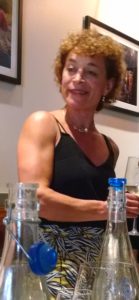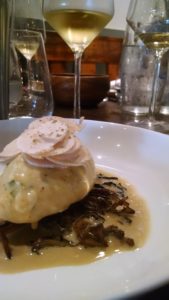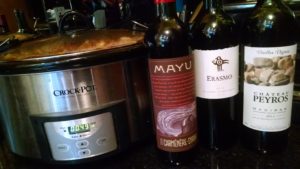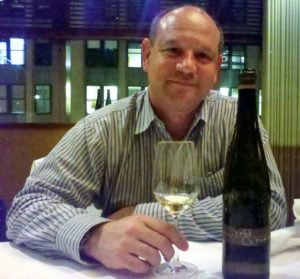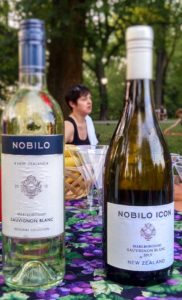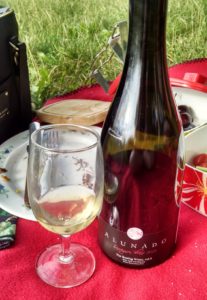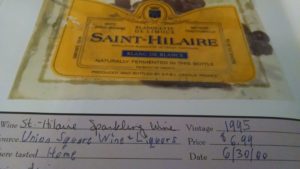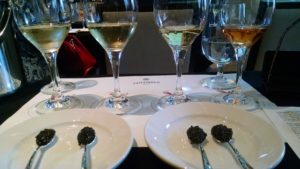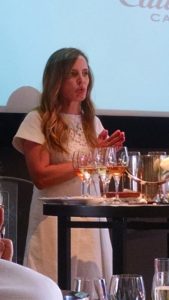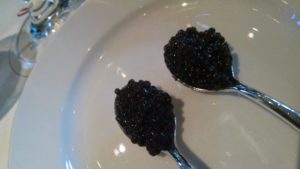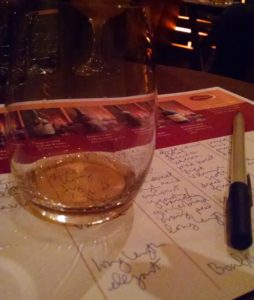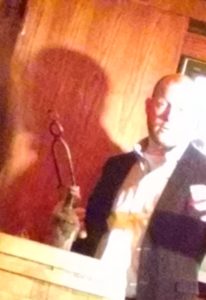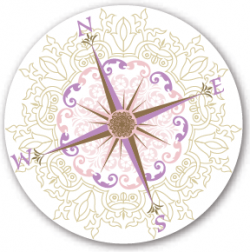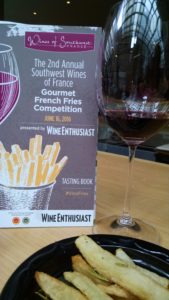 Pairing food and wine can be quite complicated – finding the perfect combination of flavors and textures on both the plate and in the glass that harmonize with one another.
Pairing food and wine can be quite complicated – finding the perfect combination of flavors and textures on both the plate and in the glass that harmonize with one another.
But, it can also be rather simple: salted, buttered popcorn with a glass of Brut Champagne!
Of course, most frequently, the reality lies somewhere in the middle as was the case at the 2nd Annual Southwest Wines of France Gourmet French Fries Competition held in June. The Wine Enthusiast-sponsored event brought together a wealth of wines from Southwest France, a wide swath of land that includes numerous appellations. Here, internationally renowned grapes co-mingle with lesser known varieties. In this regard, Cabernet Franc and Malbec rival Fer Servadou and Gros Manseng in acreage among the top 12 planted varieties. The result of these diverse plantings produce nearly every style of wine from still and sparkling to white, rosé and red.
Frankly, like the simple popcorn and fizz pairing noted above, unadorned French fries are a tasty companion to many wines. But, the assembled chefs brought their A-game to elevate the humble potato stick.
Ricky Camacho, Anejo
Carnita Fries: Confit pork shoulder, poblano lime aioli, garlic crisps, cilantro and pickled onions
Served alongside a selection of dry white wines
Christopher Stam, Spice Market
Thai Fry: Hand-cut French fry with kaffir lime, garlic crumbs, Nouc cham mayonnaise, house made chili sambal, scallions and cilantro
Served alongside a selection of dry rosé wines
Greg Rubin, American Cut
Beef Fat Fries: Hand cut fries, fried to perfection. Tossed with parsley, rosemary salt and dry aged beef fat.
Served alongside a selection of fruity red wines
Pedro Duarte, Sushisamba
Crispy Potato Confit: Chicharrón de pato (duck crackling), black garlic, balsamic, rosemary and sea salt.
Served alongside a selection of 100% Malbec wines
Aaron Lamonica, Seamstress + Belle Shoals
Freedom Fries: Slow smoked brisket folded into a pork based gravy. Kennebeck potatoes blanched twice, topped with grated Midnight Moon Goat cheese, chives and orange zest.
Served alongside a selection of full-bodied, red wines
I tasted through many of the wines and found a few favorites of the bunch. Most of the wines hailing from this region are well priced, making them an affordable pleasure, whether or not you hold the fries.
TASTING NOTES
WHITES
Alain Brumont Les Jardins de Bouscasse 2011, Pacherenc du Vic Bilh, $15.00
Rich and waxy with nutty and pear aromas and flavors.
Château Tour des Gendres Cuvée des Conti 2014, Bergerac Sec, $16.00
Fresh, with lots of citrus notes; bright and pretty.
Cave du Marmandais Château La Bastide 2014, Côtes du Marmandais, $15.00 Grapefruit, slight oak, toast, rich and round on the palate.
ROSÉS
Domaine des Terrisses Grande Tradition Rosé 2015, Gaillac, $16.00
Pale in color with berries and floral notes.
Domaine de Pellehaut Hamonie de Gascogne Rosé 2015, Côtes de Gascogne, $11.00
Slightly more color, redolent of peaches and plums.
Producteurs Palimont Colombelle L’Original Rosé 2015, Côtes de Gascogne, $15.00
A really lovely wine with floral and citrus notes.
REDS
Domaine du Moulin 2013 Gaillac, $12.00
Complex, yet fruity, with red and black fruit and an herbal undercurrent.
Domaine Guillaman Les Hauts de Guillaman 2012, Côtes de Gascogne, $25.00
Displaing a rich and intense nose, with depth on the full-bodied palate; black fruit and floral notes.
Domaine des Terrisses Grande Tradition 2014, Gaillac, $18.00
Rustic in character, yet fresh and lively, with red fruit and slight bitter note in finish.
Château Flotis Si Noire 2011, Fronton, $24.00
Offers up a really interesting, somewhat funky nose, with concentrated and rich red and black fruit on the palate.
Alain Brumont Château Bouscasse 2010, Madiran, $25.00
Beautiful nose with fresh, spicy, red fruit and tobacco on the palate.
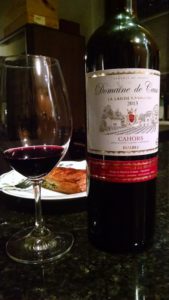 Malbec is a grape variety better known for its time spent in Argentina, but the variety got its start in Southwest France, where it continues to not only survive, but also thrive. In fact, it presently accounts for nearly 9,000 acres in the southwest, making it one of the most planted grapes in the region.
Malbec is a grape variety better known for its time spent in Argentina, but the variety got its start in Southwest France, where it continues to not only survive, but also thrive. In fact, it presently accounts for nearly 9,000 acres in the southwest, making it one of the most planted grapes in the region.
